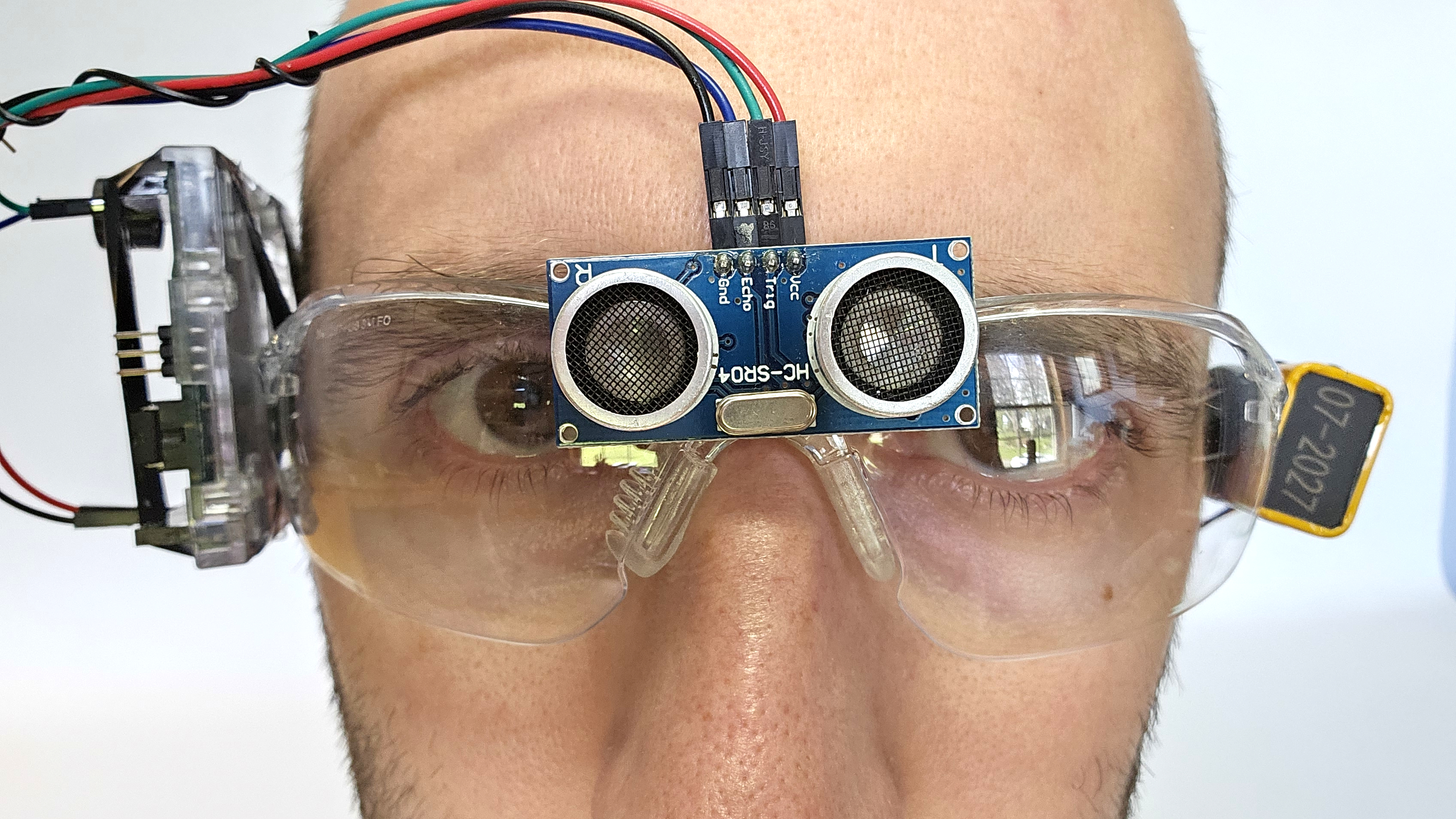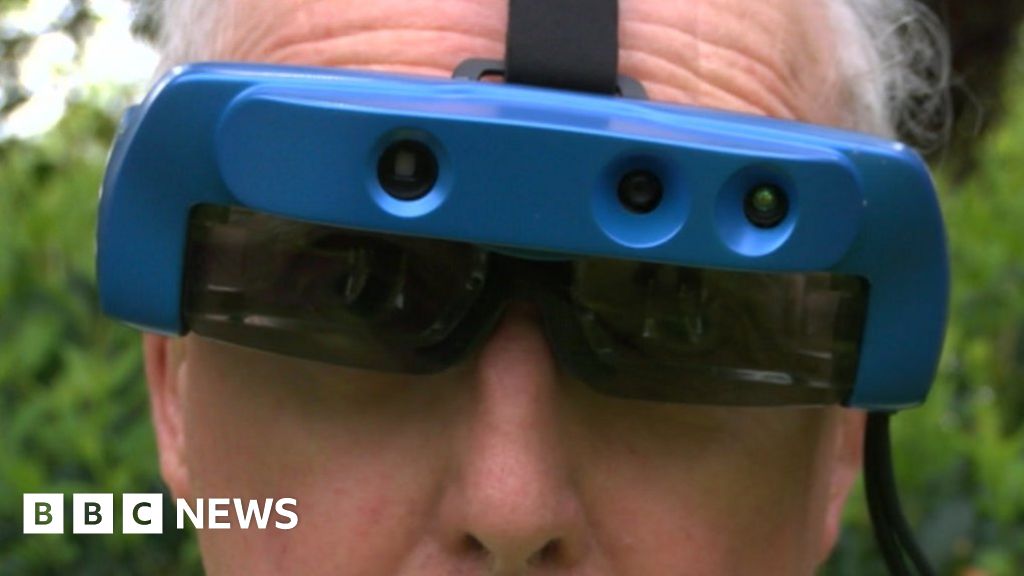AI-Powered Visual Aids: The Next Step in Assistive Technology for the Blind
AI-Powered Visual Aids: The Next Step in Assistive Technology for the Blind
Blog Article
Discover Advanced Assistive Instruments for People With Visual Impairments
The landscape of assistive innovation for individuals with visual impairments is evolving quickly, providing a range of ingenious devices that enhance autonomy and interaction (Braille displays and notetakers). From smart glasses that flawlessly combine visual input with auditory support to sophisticated navigation applications that redefine spatial understanding, these devices are improving possibilities. In addition, the most recent developments in Braille modern technology and voice-activated systems dramatically add to access. The ramifications of these developments expand much past simple performance; they test conventional understandings of special needs and freedom. What might this mean for the future of addition and support?
Smart Glasses Innovations
Smart glasses stand for a considerable innovation in assistive technology for people with aesthetic problems. Equipped with cams and sensors, clever glasses can catch real-time visual information, which is then refined and shared to the customer via audio responses or haptic feelings.
In addition, improvements in expert system have even more boosted the capacities of wise glasses. Artificial intelligence formulas can identify faces, checked out text, and identify items, making them invaluable tools for daily jobs. Customers can receive acoustic cues that supply context regarding their environment, fostering self-reliance and self-confidence.
Furthermore, the ergonomic style and light-weight nature of many smart glasses make them appropriate for long term usage, making sure comfort while improving capability. As these tools remain to advance, they hold the prospective to change the means people with visual impairments experience their day-to-day lives, linking the void in between access and modern technology. The recurring research study and development in this area promise to broaden the opportunities for smart glasses, making them a necessary component of modern assistive devices.
Navigation Apps and Tools
Various navigating applications and tools have actually emerged as crucial sources for people with visual problems, substantially enhancing their capacity to go across unknown environments. These modern technologies utilize general practitioner performance, audio signs, and real-time data to offer individuals with specific navigation help.
One noticeable instance is the Aira application, which connects individuals to trained agents who can provide visual summaries of surroundings and navigation assistance through a real-time video feed. This solution improves the individual's spatial recognition and confidence while browsing. An additional remarkable tool is Seeing Eye GPS, which supplies voice-guided navigation and points of rate of interest, allowing individuals to access essential information about their environments.

As technology remains to development, the growth of extra innovative navigating devices assures to additional encourage people with visual impairments, promoting smooth mobility and assimilation right into varied atmospheres. Such developments are instrumental in advertising a much more comprehensive society.
Braille Innovation Developments
In recent times, innovations in Braille innovation have considerably web changed how people with aesthetic disabilities gain access to information and engage with the globe around them. The advancement of portable Braille screens has actually revolutionized reading by permitting customers to connect wirelessly to computer systems, mobile phones, and tablet computers. These tools transform text into Braille in real-time, enabling smooth interaction with electronic material.
Furthermore, cutting-edge Braille printers have arised, improving the production of tactile materials. Modern embossers are faster and much more reliable, enabling the fast production of Braille files and educational products. This effectiveness minimizes the moment and price connected with creating Braille resources, making them more available to institutions and organizations.
In addition, the assimilation of Braille with other technologies, such as expert system and artificial intelligence, has actually opened up brand-new avenues for personalized understanding experiences. Voice acknowledgment and synthesis innovations can enhance Braille, supplying a comprehensive method to info circulation.
As the demand for comprehensive education and workplace environments grows, these technical advancements play an essential role in equipping people with visual impairments, ensuring they have equivalent accessibility to details and possibilities in different aspects of life.
Wearable Gadgets for Freedom
An expanding array of wearable devices is boosting freedom for individuals with aesthetic disabilities, using cutting-edge options that enhance navigating and day-to-day living. Braille displays and notetakers. These gadgets make use of advanced modern technologies to provide real-time comments and assistance, promoting autonomy in numerous environments

Wearable modern technology additionally includes smartwatches that can be configured with accessibility attributes, making it possible for users to receive notifications, track their areas, and even call for help with the touch of a switch. Moreover, some devices include synthetic knowledge to evaluate the setting, offering sound summaries of nearby objects or individuals.
Voice-Activated Assistive Solutions
Leveraging voice-activated assistive options has actually transformed the landscape of support for people with aesthetic disabilities, supplying hands-free communication and accessibility to a selection of tasks. These innovations make use of natural language handling and expert system to enable customers to execute day-to-day activities with basic voice click site commands.

Furthermore, recent advancements in voice recognition precision have boosted the user experience substantially, suiting diverse accents and speech patterns. This inclusivity ensures that even more people can take advantage of these technologies, cultivating a greater feeling of freedom.
Final Thought
Finally, the growth of advanced assistive gadgets significantly boosts the self-reliance and top quality of life for people with visual impairments. Advancements such as smart glasses, navigation applications, Braille modern technology, wearable devices, and voice-activated options jointly promote a more comprehensive atmosphere. These modern technologies empower users to navigate their environments with confidence and involve more completely with the globe, ultimately promoting better ease of access and level playing fields for people facing visual difficulties.
The landscape of assistive modern technology for people with visual problems is progressing swiftly, providing a range of innovative gadgets that boost autonomy and interaction.Smart glasses represent a substantial development in assistive technology for people with visual disabilities. As these gadgets proceed to progress, they hold the potential to revolutionize the method people with aesthetic disabilities experience their daily lives, linking the gap in between access and technology.In current years, innovations in Braille technology have considerably changed just how individuals with visual impairments gain access to details and involve with the world around them. These innovations equip users to navigate their environments with confidence and involve even more completely with the globe, inevitably promoting higher access and equivalent opportunities for individuals facing aesthetic obstacles.
Report this page